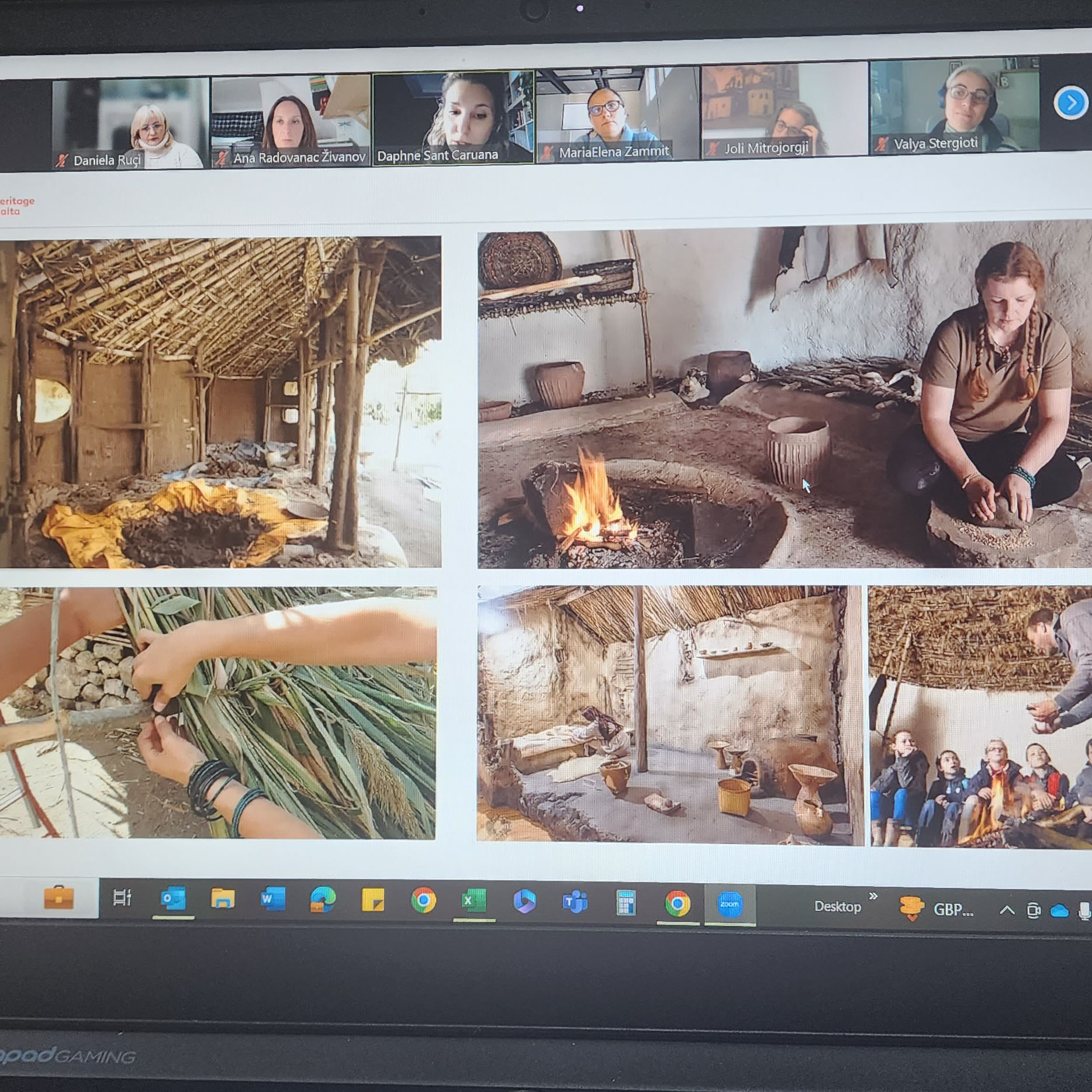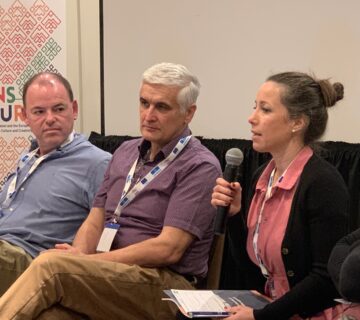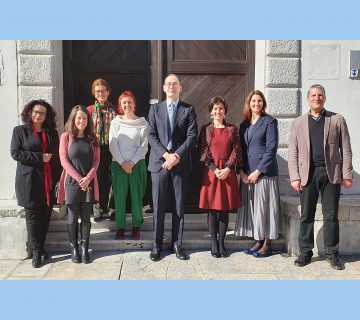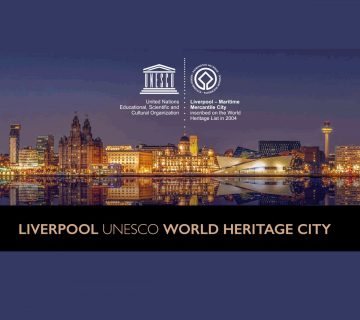The results of the WH-Interp project were presented at an open webinar, available now on IE’s YouTube channel.
Successful follow-up of a project means that its outcomes are disseminated, or even transferred into solid actions for the future. This is the case with the WH-Interp project.
Three years ago, under the guidance of the UNESCO Regional Bureau for Science and Culture in Europe, IE adapted its course for Certified Interpretive Planners (CIP) to meet the needs of World Heritage Sites. As a result of this collaboration, 42 managers and planners associated with World Heritage were trained on-site to explore the transformative impact interpretation can have on visitors and communities.
The collaboration of the two partners continued throughout 2023, to offer six of these participants the opportunity to develop full interpretive plans for their own World Heritage Sites, under the mentoring of Interpret Europe. These interpretive plans, following the principles of value-based heritage interpretation, referred to the following heritage sites:
- The Old bazaar of Gjirokastra, Albania
- Padua’s 14th century fresco cycles, Italy
- Ta’ Ħaġrat Megalithic Site, Malta
- Ġgantija Archaeological Park, Malta
- Wooden Churches of Maramureş, Romania
- Belgrade Fortress – Kalemegdan, Serbia
The interpretive plans were presented on 12 December, at an open, online webinar attended by more than 90 participants. During the webinar, the newly fledged interpretive planners discussed how value-based heritage interpretation materialised into specific solutions for their sites, as well as what were the challenges they had to face and how they overcame those.
And if the initial idea behind the WH-Interp project was that one day all World Heritage Properties could profit from value-based heritage interpretation, the webinar followed that same line. Instead of only focusing (and celebrating) the past results of a project that is being concluded, it also shed a light on the future. Sander van Dijk from the Netherlands presented the Wadden Sea WHS and discussed how value-based heritage interpretation can play an important role in it, whereas Matteo Rosati (UNESCO) and Helena Vicic (Interpret Europe) shared their ideas about future collaboration between the two institutions.
These comments from two of the presenters sum up the Project…
The WH-Interp project was an incredibly dense and enlightening learning experience, which I feel privileged to have had the opportunity to attend. Furthermore, I honestly believe that the hybrid CIP course organised under the guidance of the UNESCO Regional Bureau for Science and Culture in Europe should be compulsory for all UNESCO sites managers, at least at European level. Roxana-Talida Roman (Romania)
A very interesting experience, that started with doubts but finished in the most unexpected way; we developed full Interpretive Plans, meaningful for our sites and communities. The webinar organised for the occasion was a testimony of the great work we all have done together, and it felt wonderful having the possibility to share it with others. Joli Mitrojorgji (Albania)
If you missed it, you can watch the webinar here: https://youtu.be/_x_ZLhyaeJ0
Valya Stergioti has been IE’s Training Coordinator since 2015. She can be contacted at: valya.stergioti@interpret-europe.net.
To cite this article: Stergioti, Valya (2023) ‘Can we fit three years of interpretive training in 120 minutes‘ in Interpret Europe Newsletter 4-2023, pg.5.
Available online: https://interpret-europe.net/wp-content/uploads/2023/12/IE-Newsletter-2023_4-winter.pdf




